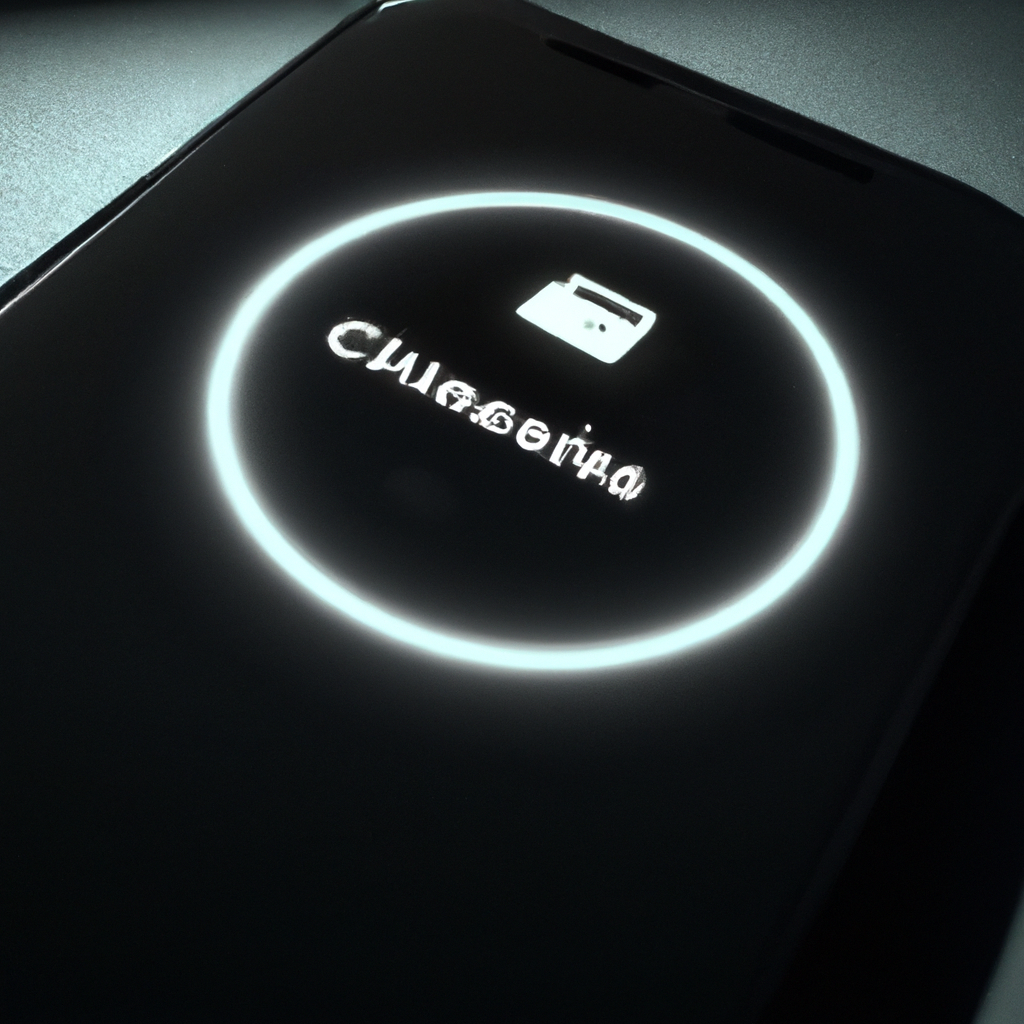Wireless charging has become increasingly popular in recent years, with many smartphone manufacturers implementing this technology in their latest devices. But how exactly does wireless charging work, and what are the different types of wireless charging technologies available? In this article, we will explore these questions in detail, providing a comprehensive guide to wireless charging technology.
What is wireless charging?
Wireless charging, also known as inductive charging, is a technology that allows devices to charge without the need for a physical cable. Instead, the charging process is achieved through the use of electromagnetic fields. This means that a device can be placed on a wireless charging pad, and the charging process will begin automatically.
How does wireless charging work?
Wireless charging works by creating an electromagnetic field between two coils – one in the charging pad and one in the device being charged. When electricity is passed through the charging pad, it creates an alternating magnetic field. This magnetic field induces an electrical current in the coil inside the device being charged, which is then converted into direct current (DC) to charge the battery.
There are two types of wireless charging technologies:
1. Qi wireless charging
Qi wireless charging is the most common wireless charging technology used in smartphones and other devices. It is a standard developed by the Wireless Power Consortium (WPC) and is used by many major smartphone manufacturers, including Apple and Samsung.
Qi wireless charging uses a magnetic coil to create an electromagnetic field between the charging pad and the device being charged. The coil in the charging pad is connected to a power source, which generates an electrical current and creates a magnetic field. The coil in the device being charged is designed to pick up this magnetic field and convert it into electrical energy to charge the battery.
2. Magnetic resonance wireless charging
Magnetic resonance wireless charging is a newer technology that allows for greater flexibility in charging. It works by creating a resonant magnetic field between the charging pad and the device being charged. This resonant magnetic field allows the charging pad to detect the device being charged, even if it is not in direct contact with the pad.
Magnetic resonance wireless charging also allows for multiple devices to be charged simultaneously, as the resonant magnetic field can be extended to cover a larger area. This makes it ideal for charging multiple devices at once, such as in a public charging station.
How do I use a wireless charger?
Using a wireless charger is simple. First, ensure that your device is compatible with the wireless charging technology being used (most modern smartphones are compatible with Qi wireless charging). Then, place your device on the charging pad, ensuring that the coil in your device is aligned with the coil in the charging pad. The charging process will begin automatically, and your device will begin to charge.
It is important to note that wireless charging is generally slower than wired charging. This is because the energy transfer through the air is less efficient than through a physical cable. However, the convenience of wireless charging means that your device can be charged throughout the day, without the need to constantly plug and unplug a charging cable.
Conclusion
Wireless charging is a convenient and efficient way to charge your devices. By using electromagnetic fields to transfer energy, wireless charging eliminates the need for physical cables and allows for greater flexibility in charging. Whether you are using a Qi wireless charging pad or a magnetic resonance wireless charging station, the process is simple and easy to use. With the continued development of wireless charging technology, we can expect to see even greater advancements in the future.







